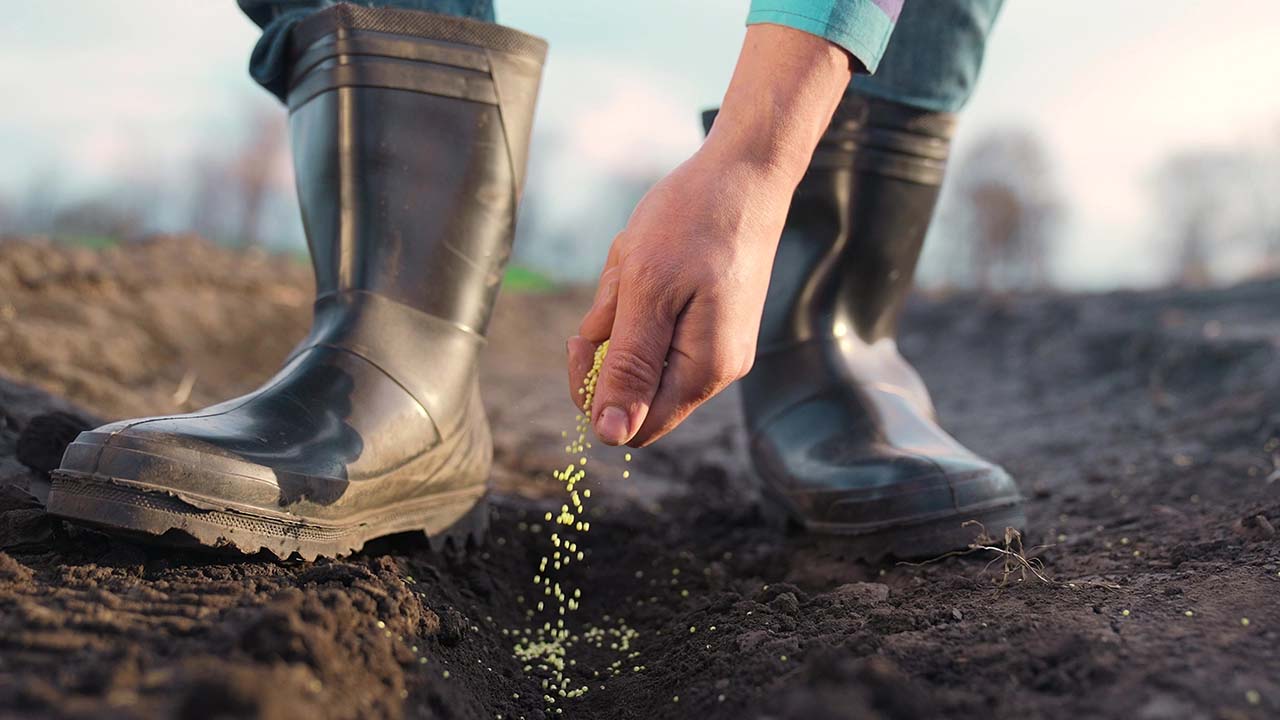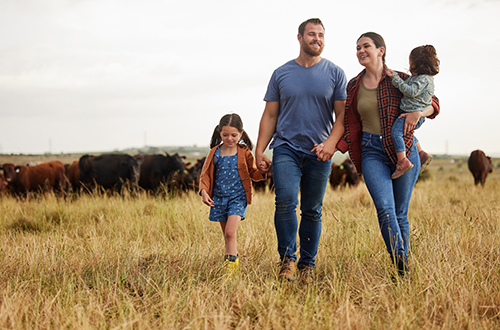We have mentioned in previous articles that basis period reform will change when the trading profits of unincorporated businesses are subject to Income Tax. This article explores how these changes will interact with farmers averaging rules.
The basis period changes
As a quick summary, under the current basis period rules (the ‘current year basis’) businesses are generally taxed on their profits arising in the accounting year ending in the tax year. From April 2024 this will be replaced with a ‘tax year basis’ under which businesses will be subject to tax on their profits arising in the tax year, regardless of their accounting period end.
The 2023/24 tax year is a transitional year. In this transitional year, the basis period will be made up of two different elements:
-
a ‘standard period’ being the normal basis period (i.e. the 12 months following the end of the basis period for 2022/23); and
-
a ‘transition period’ running from the end of the ‘standard period’ to 5 April 2024 (or 31 March 2024 if accounts are drawn up to that date).
This means businesses with an account year end other than 5 April (or 31 March by concession) will be taxed on profits arising in a long period of account for the 2023/24 tax year. To offset this, businesses can deduct any overlap relief they may have from the transition period profits, and any remaining transition period profits can then be spread over a period of up to five tax years.
Interaction with the averaging rules
One area of uncertainty arising from this change was how the new rules would interact with the averaging rules for farmers. What profits for 2023/24 and subsequent tax years, known as ‘relevant profits’ under the averaging rules, would be available for averaging?
The answer is that the ‘relevant profits’ are the profits in the ‘standard period’ of the year, with no account taken of profits in the transition period of the year.
This is best illustrated by way of an example:
Farmer has been trading for many years, has a year end of 30 September, and has overlap profits brought forward of £5,000. His taxable profits are as follows:
-
30 September 2022 - £10,000
-
30 September 2023 - £20,000
-
30 September 2024 - £40,000
-
30 September 2025 - £15,000
2022/23
He will be taxed on the profit for the year ended 30 September 2022 - £10,000.
2023/24
The transition year. He will be assessed on the profit of the standard period plus his transition period profit. Taxable profit for the standard period is the £20,000 profit for the year ending 30 September 2023. The transition period is 1 October 2023 to 5 April 2024, which is six months of the year ending 30 September 2024. Therefore the transition period profit is £40,000 x 6/12 = £20,000. From this, overlap relief of £5,000 is deducted, leaving £15,000 transition period profit which can be spread over five years = £3,000 per year. Taxable profits for the year are therefore £23,000.
However, for the purposes of averaging, the transition period profit of £3,000 is ignored. Only the profit for the standard period of £20,000 is relevant profit.
This can be averaged with the 2022/23 tax year as its profit of £10,000 is less than 75% of £20,000.
If averaging is beneficial then the relevant profits for 2022/23 and 2023/24 are averaged to make assessable profits for each year of £15,000 but remember that the transition period profit of £3,000 will need to be added to the average taxable profits for the 2023/24 tax year.
2024/25
Under the new rules, profits for businesses with non-5 April year ends are calculated by apportionment, so profits for 2024/25 will be six months of the year ending 30 September 2024 and six months of the year ending 30 September 2025, in this instance £20,000 plus £7,500 = £27,500. Added to this is £3,000 transition profit spreading, making taxable profit for the year of £30,500.
However, for the purposes of averaging, the transition profit is ignored so the 2024/25 relevant profits for the purpose of averaging are just £27,500.
Losses
One important point to note is that where there is a loss in the transition period this is not ignored for the purpose of averaging. It is deducted from the profit arising in the standard period when calculating the taxable profit for the year and the relevant profits for averaging purposes.
If in the example above, there is a loss of £12,000 in the year ending 30 September 2024 rather than a profit of £40,000, the 2023/24 tax year position would be as follows:
Taxable profits for the standard period are the £20,000 profits for the year ending 30 September 2023. The transition period is 1 October 2023 to 5 April 2024, which is six months of the year ended 30 September 2024, i.e. (£12,000) x 6/12 = (£6,000) loss. From this, overlap relief of £5,000 is deducted, increasing the transition period loss to £11,000. This is offset against the standard period profit of £20,000 leaving taxable profits for the year of £9,000, which are also the relevant profits for the year for averaging purposes.
A greater understanding of the position together with some effective forecasting can help you plan for the coming years and maximise your ability to benefit from the various reliefs available to you. We would be pleased to help you with this.
This article is from the latest edition of our Agricultural Briefing. To receive future copies of any of our newsletters directly to your inbox, please
visit our preference centre
to register your interest.
If you have any questions about the above, or would like more information specific to your circumstances, please enter your email address below and we will get in touch:
















